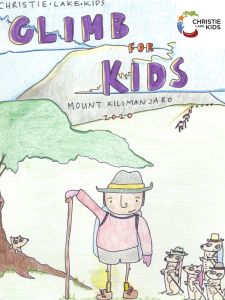What does the learning in this session mean to your practice? How will you apply what you’ve learned? What questions remain? Do you have examples of ways you’ve applied these concepts to your school site?
Are you on fire for leading change in your school? Do you inspire your staff and students to press the reset button everyday and give their all with renewed effort? Do people see you as the main cheerleader and visionary of your school? They should. During this opening talk, we will strategize and share how to keep a focus on the main thing and be the leaders our schools need. Presentation Slides: http://buff.ly/29WNdcY
Everything flows from this.
One quote that Derek used last night is the most important for me – “If at first the idea is not absurd, then there is no hope for it.”
Too often as administrators, I think we go for what is safe or what is politically correct. This stifles creativity and certainly takes all the joy out of education.
I want to follow what Derek calls a bias for ‘Yes’. This could change our educational system, currently tied up in so many accountability knots into something wonderful. If we had a bias towards Yes, how would that spread to your school. If this spirit spread, what would happen to our school? What might even happen to our district?
My main takeaway from last night is to keep focused on the joy of our work and living every day by saying yes first. Maybe we will get some of the absurd ideas that really make a difference
-
getting to know each other – a great group!!
#DENSI2016 http://ln.is/www.goosechase.com/p/Qe1Yn …#goosechase -
from our first presentation. great!!
@mccoyderek#DENSI2016 http://ln.is/www.goosechase.com/p/qjin8 …#goosechase -
A bias towards yes – what a change that would make in our schools
#DENSI2016@mccoyderek -
Learning curve before and after
#Twitter#DENSO2016@mccoyderek@sylviaduckworth
-
Learning networks make us better educators
#DENSI2016@mccoyderek
-
We need awesome ideas to transform education we need dreamers in education
#DENSI2016
-
We have to change our teaching from a factory mindset
@mccoyderek#DENSI2016
-
Paul McGuire Retweeted Dr. Bill Ziegler
Joy is what education all about
#DENSI2016Paul McGuire added,






 Paul McGuire
Paul McGuire 


















